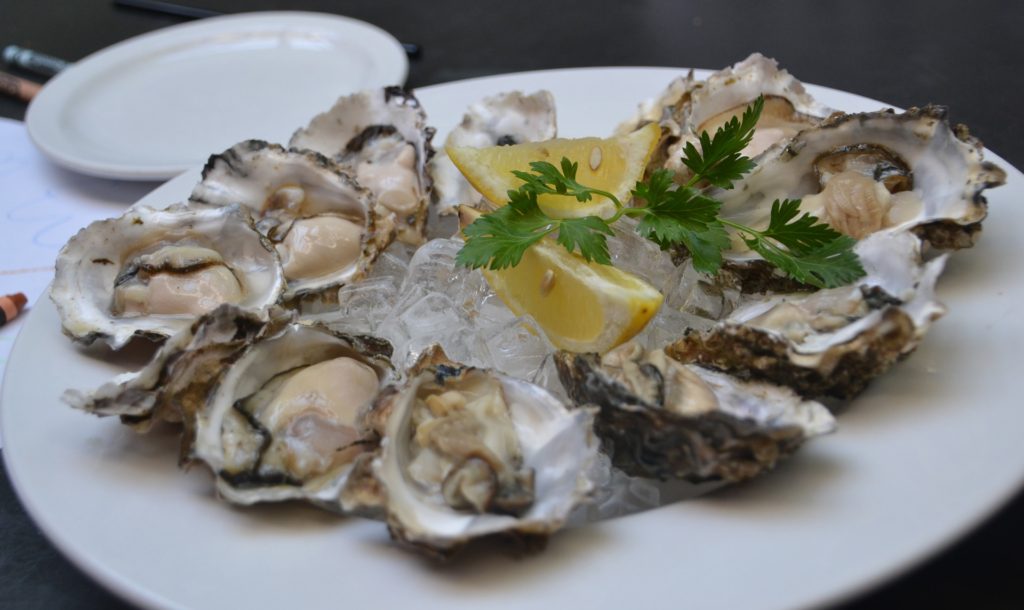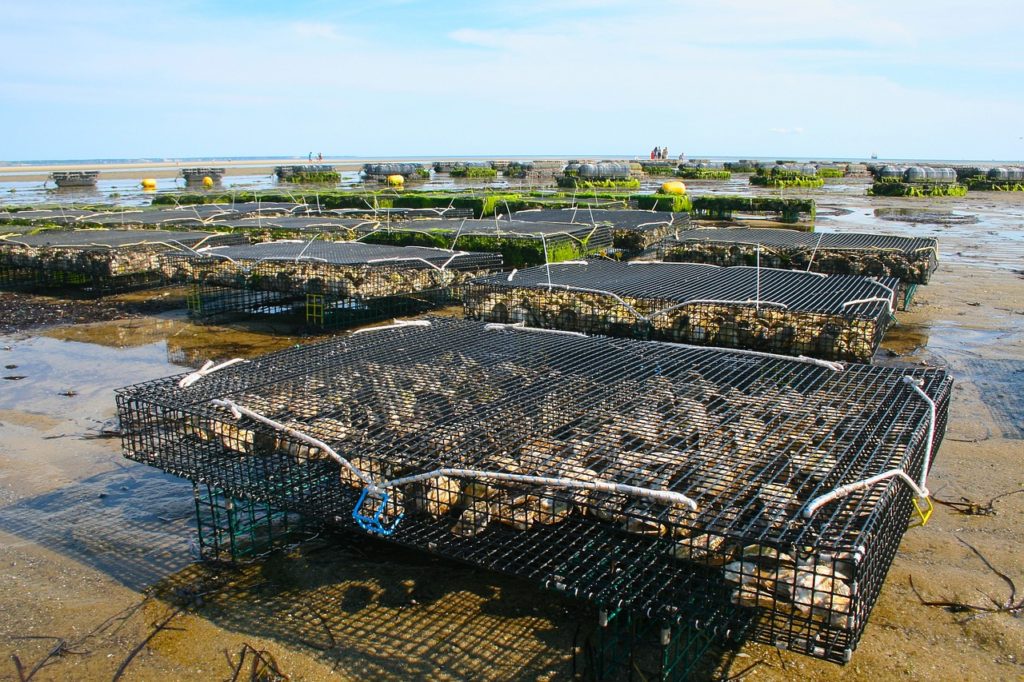
Whenever I think of oysters, I think of the fancy restaurants where you get to sip a glass of champagne along with it. Oysters are a luxury dish. Or perhaps we were born too late (kidding)? Well, according Business Insider, oysters were once for everyone. 200 years ago, bars would hand out oysters to costumers as a free snack. Bakers would even add oysters in pies. Today, oysters come with a hefty price tag and no longer a common food for the working class. One of the main reasons for the increase in prices is scarcity. In the last century, the population of oysters around the world has dropped significantly. With that having said, oysters must be consumed in the best way possible—fresh, raw, and alive.
Well, there are some people who prefer eating cooked oysters as well. You can steam, roast, or fry them. But if truth be told, cooked is not the best way of consuming this expensive delicacy from the sea.
And here’s why.
THE FLAVOR-GIVING AMINO ACIDS IN OYSTERS
Seafoods are rich in tasty amino acids, such as glycine, which tastes sweet, and umami (savory) glutamate. Molluscs such as oysters are particularly rich in them. They use these amino acids to survive the dehydrating seawater. But as I already have mentioned, these amino acids are what makes oysters best eaten raw. I have an article about MSG and glutamate, which you can read here.
You might also like: Food Safety: A Guide To Cleaning and Cooking Mussels
If cooked, the heat traps the flavors, coagulate the proteins, which blocks our tastebuds. And the only method to release them again is cooking them for longer. The extended cooking time breaks apart the proteins. The longer the oysters are cooked, the stronger the flavor. However, cooking the oysters this way makes them rubbery or chewy.
But I do not say that you should not consume cooked oysters. It still depends on preference. Now back to our question.
IS EATING RAW OYSTERS SAFE?
To better answer this question, let’s learn how oysters live underwater.
Like clams, oysters are filter feeders—they help clean the water by drawing and filtering it. According to One Earth, an adult oyster can filter up to 50 gallons of water per day. In doing so, they also consume phytoplanktons, algae for food. Unfortunately, the harmful bacteria, viruses, and other contaminants may also accumulate in their tissues. Hence, eating raw oysters is not risk-free. Many of these microorganisms come from sewage contamination. One particular illness brought about by eating raw shellfish is vibriosis. Vibriosis is caused by gram-negative, curve-rod shaped vibrio bacteria. If infected, one may experience symptoms such as diarhea, fever, vomiting, and nausea. According to Center for Disease Control and Prevention (CDC), about 80,000 individuals get vibriosis every year in the US alone. And 100 people die from the illness.
Vibro bacteria thrive in warm temperatures. The risk of getting infected of vibriosis is more likely during summer. But of course, vibriosis is still possible after consuming raw or undercooked oyster any month of the year.
You might also like: How The Japanese Make Sashimi Safe To Eat
PREVENTING FOOD ILLNESS FROM RAW OYSTERS

Okay, the thing is that we cannot tell if an oyster is contaminated with vibrio bacteria. And freshness does not mean it is free from harmful microorganisms either. One popular advice many people tell is to avoid eating oyster during the summer. But that does not guarantee that you won’t fall ill during the cold months. Another reason for this is that summer is the breeding season for oysters. During the summer months, oysters use up their energy to produce eggs. In return, they become small and soft and their flavor also changes. But luckily, this only applies to wild oysters.
You might also like: These 5 Signs Will Tell You If Fish Is Fresh
Oyster farming is far different. It allows oysters to be available all-year around. Farmers select oyster breeds that have short spawning periods. They are raised and bred carefully. Quality water and proper handling are key factors. Inland water is carefully monitored for harmful chemicals and bacteria. Prior to selling, oysters are kept in a tank of clean saltwater, allowing them to clean themselves naturally.
To decrease the risk of vibriosis, purchase oysters from a reputable source if you prefer them eaten raw. But again, consuming raw oysters is not totally risk-free. One popular myth is that adding lemon juice or hot sauce kills the bacteria. It is not true. Only heat will destroy them. So the next time you eat out, have the oysters cooked properly.


